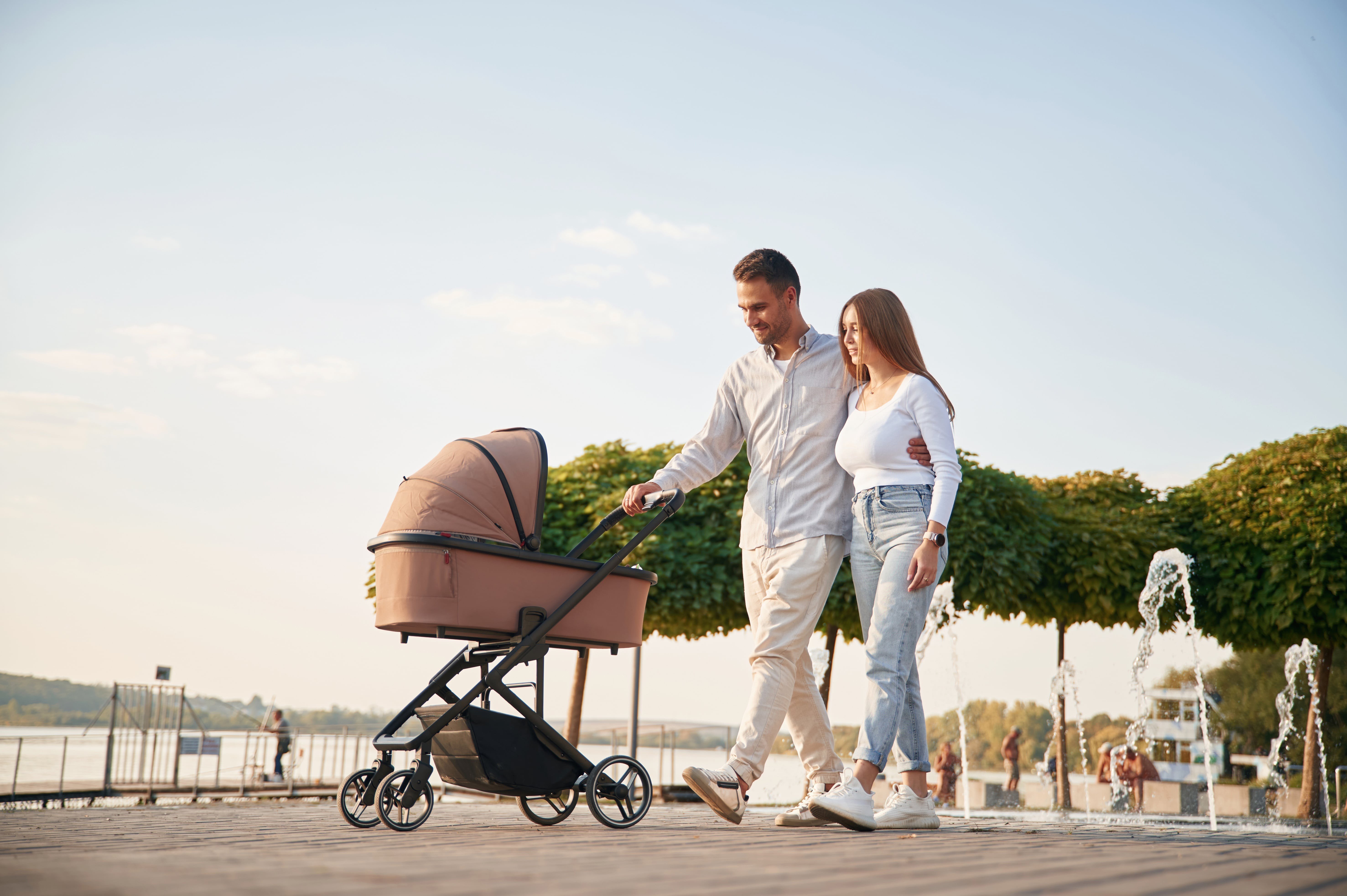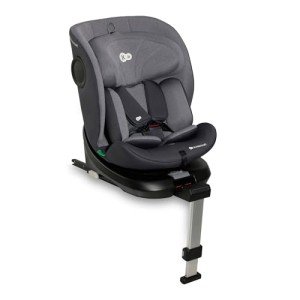
Understanding Baby Prams and Pushchairs: A Comprehensive Guide
When it concerns caring for a newborn or a baby, couple of products are as necessary as a reputable baby pram double or pushchair. These movement aids provide a safe, comfortable way to transfer babies while enabling moms and dads and caregivers the freedom to navigate the world. This post checks out the numerous elements of baby prams and pushchairs, assisting parents make informed decisions about which product might be Best Pram stroller fit for their household's needs.
What Are Baby Prams and Pushchairs?
Baby good prams: These are usually designed for babies and very young babies. They have fully reclining seats that permit for a flat position, making them appropriate for newborns. Prams typically feature a large, deep body, supplying additional protection and convenience.
Pushchairs: Pushchairs, likewise referred to as strollers, are more versatile and can typically be changed for toddlers as well. They are light-weight, easy to maneuver, and typically feature a variety of seating positions, including reclined and upright.
| Function | Baby Prams | Pushchairs |
|---|---|---|
| Appropriate Age | Newborn to around 6 months | Newborn to 3 years or more |
| Seat Position | Fully reclined | Adjustable (reclined and upright) |
| Weight | Much heavier, more robust | Lighter, more compact |
| Folding Mechanism | More intricate folding | Typically easier folding |
| Maneuverability | Can be less maneuverable | Highly maneuverable |
Key Features to Consider
When selecting a baby pram or pushchair, prospective purchasers need to think about several key features that can affect the usability and comfort for both the child and the caregiver.
1. Safety Features
- Five-point Harness: Ensures the baby is firmly strapped in.
- Brakes: Reliable braking systems prevent accidents.
- Stability: A wide base and sound frame boost stability.
2. Convenience
- Padding: Ample cushioning on the seat makes sure convenience.
- Suspension System: Provides a smoother ride on uneven surface areas.
- Canopy: A large, adjustable canopy protects the baby from sun and rain.
3. Mobility
- Weight: Lighter designs are easier to raise and bring.
- Folding Mechanism: Easy folding designs permit fast storage and transportation.
- Compact Size: A more compact size makes it simpler to suit cars and truck boots and tight spaces.
4. Versatility
- Convertible Options: Some designs can be adjusted from a pram to a pushchair.
- Reversible Seat: Allows the baby to face the moms and dad or the world, depending on choice.
- Accessories: Look for choices that can accommodate safety seat or have a storage basket.
5. Sturdiness
- Material Quality: Invest in higher-end products for longevity.
- Weather condition Resistance: Water-resistant fabrics ensure that the pram/pushchair can endure various climate condition.
Types of Baby Prams and Pushchairs
A number of types of baby prams and pushchairs meet different function requirements, aligning with moms and dads' specific way of lives.
1. Travel Systems
Travel systems typically combine a cars and truck seat and a stroller in one package, enabling seamless transportation from car to pram or pushchair sale without interrupting the baby.
2. Umbrella Strollers
Umbrella strollers are light-weight and practical, created for much easier maneuverability. They are ideal for fast journeys and may lack some features found in full-size strollers.

3. All-Terrain Pushchairs
These are perfect for active households who delight in hiking or taking walks on rugged surfaces. They typically feature bigger wheels for stability.

4. Jogging Strollers
Jogging strollers are developed for parents who wish to integrate exercise with childcare. They include durable frames and repaired front wheels to enhance security throughout a run.
The Importance of Choosing the Right Option
Choosing the proper baby pram or pushchair is not simply a matter of choice; it straight affects the security and convenience of the baby. Furthermore, the best choice can profoundly affect the lifestyle of the caretakers.
Benefits:
- Convenience: A well-chosen pram or pushchair makes outings much easier and more pleasurable.
- Health: Proper support helps in spinal and skeletal development in babies.
- Bonding: Outdoors play an important role in parent-child bonding.
Often Asked Questions (FAQs)
1. At what age can my baby utilize a pushchair?
The majority of pushchairs are created to accommodate babies as young as six months, although some models can be adjusted to safely transport newborns when used with suitable safety seat.
2. How do I preserve my baby pram or pushchair?
Regular cleaning is vital. Wipe down the frame and material with a damp cloth and moderate soap. Occasionally inspect the wheels and brakes for wear push chairs and prams tear.
3. Can I use a baby pram for running?
Generally, compact pushchair [git.virtual-Nexus.com] no. Regular baby prams lack the stability and style required for running. It is much safer to utilize a stroller specifically developed for that function.
4. How do I pick the ideal size?
Consider how often you will be using the pram/pushchair and where. If area is restricted, try to find a more compact design. For outside adventures, select one with larger wheels and great suspension.
Baby prams and pushchairs are indispensable tools for parents and caretakers, enabling safe and comfortable transport of infants and toddlers. By understanding the different functions, types, and advantages included, caregivers can choose the very best movement aid fit to their requirements. Whether it be a sophisticated travel system or an easy umbrella stroller, the right purchase can significantly improve the experience of being a parent, making getaways pleasurable and hassle-free for both parents and babies alike.















